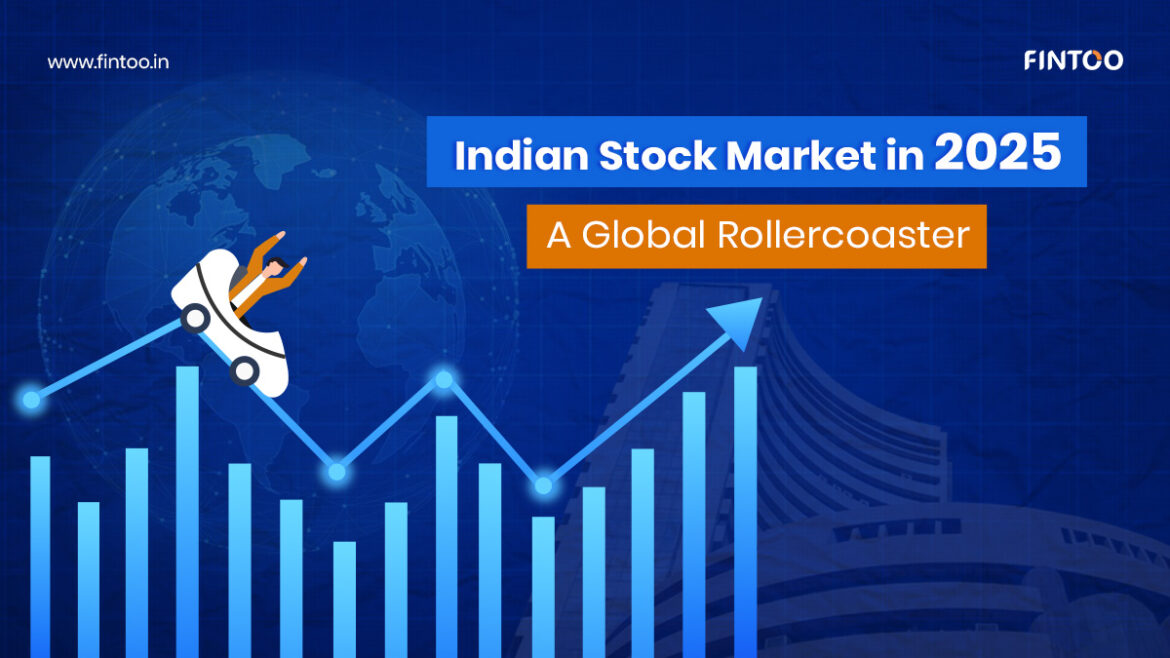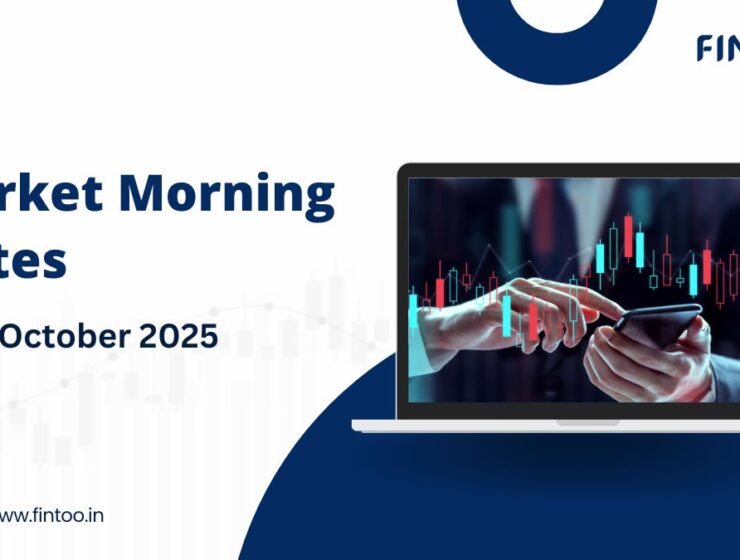

2025 hasn’t been kind to the Indian stock market. From sudden dips to investor panic, a cocktail of global influences has turned the market into a rollercoaster. But if you’re wondering why this is happening—and more importantly, what you should do—you’re in the right place.
Let’s break down the chaos and bring some clarity.
Market Mayhem: What’s Happening?
The Sensex fell by over 2,300 points in just five days, wiping out nearly ₹18 lakh crore of investor wealth. Popular stocks like Adani Green Energy and State Bank of India (SBI) hit rock-bottom levels. Even the Nifty 50 briefly slipped below 23,000, triggering concern among retail and institutional investors alike.
But the question is—what’s causing this correction?
The Global Domino Effect
Global economic shifts have always had an influence on Indian markets, but this year, that effect has been magnified. Here’s what’s stirring up volatility:
1. Foreign Investors Are Pulling Out
FIIs (Foreign Institutional Investors) have been selling off in bulk. Why?
- US Federal Reserve recently cut rates by 0.25% (to 4.5%) but delivered a hawkish outlook, suggesting fewer cuts ahead.
- A stronger US dollar made American assets more attractive, reducing India’s appeal.
- Bond yields in the US are rising, making fixed income investments there more lucrative.
Result: Around ₹1.27 trillion has been pulled out by foreign investors in 2025 so far.
2. Geopolitical Tensions & Trade Wars
Politics is playing spoilsport:
- Conflicts in oil-rich regions have made crude oil prices volatile, directly affecting India’s import bill and inflation.
- The US imposed 25% tariffs on steel and aluminium imports, hitting Indian exporters.
- The EU responded with its own tariffs, worsening the global trade climate.
These ripple effects hit emerging markets like India the hardest, dampening investor confidence.
Domestic Strength Holding Ground
Despite the global noise, India hasn’t lost all its steam. Domestic factors are helping cushion the impact.
What’s Working for Us?
- Strong consumer demand is supporting revenue streams across various sectors.
- The RBI has stepped in with policies to manage market volatility and ensure liquidity.
- Government programs like ‘Make in India’ and massive infrastructure investments are pulling in long-term capital.
Add to that the stabilizing force of Domestic Institutional Investors (DIIs), who have shown faith even when foreign investors fled.
Economic Survey 2024-25: What You Should Know
Before you decide to jump ship, here are some key takeaways from the latest Economic Survey:
- GDP Growth: Projected between 6.3% and 6.8% for FY26, with 6.4% real GDP growth in FY25.
- Capex: Capital expenditure rose by 8.2%, showing the government’s commitment to long-term growth.
- Exports: Up by 6% YoY.
- FDI: Increased by 17.9%, reaching $55.6 billion.
- Inflation: Softened to 4.9%.
- Forex Reserves: Reached an impressive $640.3 billion.
- Unemployment: Down to 3.2%, indicating a strengthening job market.
Sectors like services (12.8%), industry (6.2%), and agriculture (3.8%) have all expanded, giving India a solid foundation amid the turbulence.
How Should You Navigate This?
When markets turn choppy, emotions run high. But here’s a checklist to help you stay rational:
| Scenario | What You Should Do |
| Global tensions are rising | Don’t panic-sell. Stick to fundamentally strong investments. |
| Your fund is underperforming | Check 1-year, 3-year, and 5-year performance. Consistent underperformance is a red flag. |
| You’re unsure about sector allocation | Rebalance. Defensive sectors like pharma and FMCG can offer stability. |
| The market is dipping | Use SIPs to benefit from rupee cost averaging. Downturns can be opportunities. |
Final Thoughts: Stay Grounded, Stay Advised
Yes, the Indian stock market is under pressure in 2025, and yes, global economic trends are a major reason why. But remember — volatility is not new. Markets correct, recover, and grow again. What matters is how you react.
This is where sound financial advice becomes your superpower.
At Fintoo, we help you decode market chaos with calm, data-backed guidance — whether you’re investing through SIPs, building long-term wealth, or navigating sector-specific risks. If you’re unsure about your next move, talk to our experts. It’s better to course-correct with a map than to steer blind.
Disclaimer: The views shared in blogs are based on personal opinions and do not endorse the company’s views. Investment is a subject matter of solicitation and one should consult a Financial Adviser before making any investment using the app. Investing using the app is the sole decision of the investor and the company or any of its communications cannot be held responsible for it.
Related Posts
Stay up-to-date with the latest information.


